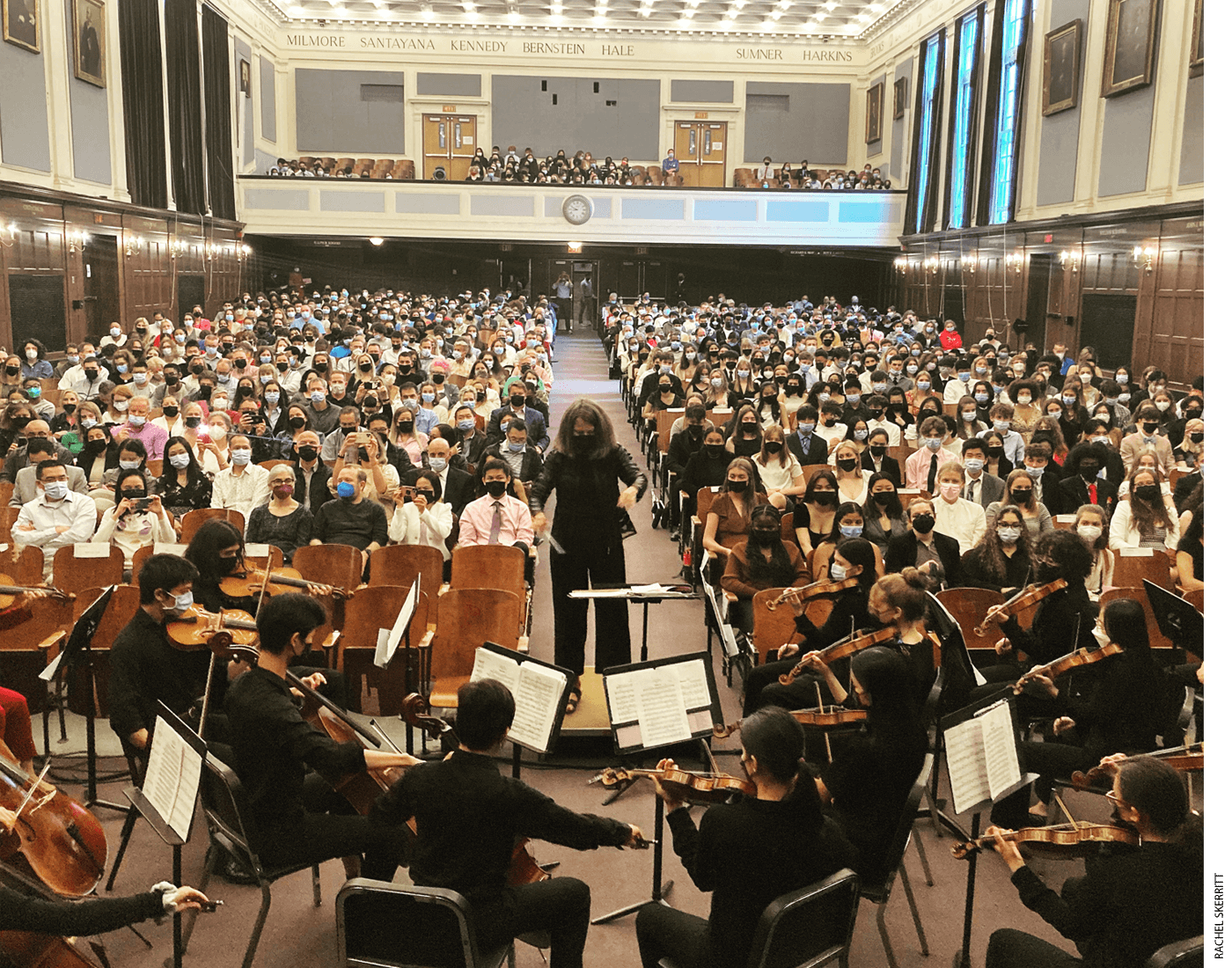
Settle into a wooden seat in the auditorium of Boston Latin School. Before long, your eyes will notice the names, painted and carved into room’s high walls, of the alumni who have made history since the school was founded in 1635. Early attendees include Benjamin Franklin, John Hancock, and Samuel Adams. Among the other graduates listed are philosopher and poet George Santayana, Class of 1882; political patriarch Joseph Kennedy, Class of 1908; composer Leonard Bernstein, Class of 1935; and Clifton Wharton, Jr., the first Black president of a major research university, Class of 1943.
Each year, 99 percent of Latin School’s senior class matriculates to four-year colleges, with scores of scholars earning admissions to Ivy League institutions and other highly selective universities. Countless alumni across eras attest that the rigor of BLS prepared them so that college actually felt, in some ways, easier and less intense. As an alumna of the school myself and having just completed my tenure as the school’s twenty-eighth headmaster (a term that changed to “head of school” in 2020) and first leader of color, I can affirm that this claim is supported by tens of thousands of success stories. Many of these tales of triumph feature students like myself, whose parents were born in other countries and knew nothing about the American college system, or students whose families have deeper roots in Boston but for whom BLS represented an elevator ride up from multigenerational poverty. For me, those accounts of changed life trajectories are a compelling counterargument to those in Boston and other places like San Francisco and New York who advocate eliminating exam schools in favor of entirely randomized assignments.
Boston Latin School is not only prestigious and historic, but it is also the largest secondary school in the city, serving more than 2,400 students in grades 7–12. If your loved ones have lived in Boston for even one generation, they know someone who graduated from or attended BLS for a period of time.
Until more recent years, the headmaster would assemble students in the auditorium on the first day of school and say, “Look to the left of you. Look to the right of you. Two of you won’t graduate.” When I took a seat as a 7th grader in 1989, things had softened. The speech had been modified: “Look to the left of you. Look to the right of you. One of you will not graduate.” By the time I returned to alma mater as headmaster in 2017, I’d inherited the new speech: “Look to the left of you. Look to the right of you. This journey is not going to be easy, so you will need to support one another along the way.”
Each decade in the modern era has brought positive changes that create more optimal conditions for students to thrive. In 1972, BLS went coed, as did its “sister” school, Boston Latin Academy (formerly Girls Latin School). In 2010, under Lynne Mooney Teta’s leadership, honors classes, which had served as unnecessary barriers to Advanced Placement courses and also to track a school that was already tracked by nature of its selective admissions status, were eliminated. The McCarthy Institute for Transition and Support was created in 2000 to facilitate services such as peer tutoring, Saturday Success School, and workshops for students and parents on topics including executive functioning and time management. BLS has tripled the size of its student-support team, growing its number of counselors, clinicians, and special educators. Seeking help when feeling overwhelmed slowly became something less stigmatized, though we still have a way to go.
BLS students groan about the nightly homework load (three hours on average), though the vast majority wouldn’t choose any other school as their second home. In fact, most spend more hours with us than they do with their families. Our more than 130 extracurricular clubs, 60 athletic teams, and 30 instrumental and choral groups keep them busy. When I was a student, the jazz band and show choir were my no-stress happy places, oftentimes serving as the motivators to get up for school after a late night of homework. Those groups are going strong today, along with the Junior Classical League, fencing team, myriad racial and cultural affinity groups, and hundreds of other activities that, as head of school, I would frantically try to drop in on and capture on my Instagram page.
For more than 50 years, admission to the school has been based on a standardized exam used in concert with report-card grades. During my era as a student, there was a federally mandated set-aside in the admissions process, assuring that at least 35 percent of each class would be Black and Hispanic. That policy was overturned in the late 1990s after a lawsuit. Following the elimination of this set-aside, the percentage of Black students declined significantly, even as Black and Hispanic students comprise the majority of the Boston Public Schools district.
Over the past three years, the confluence of the global pandemic and our nation’s racial reckoning pushed the district to action around the demographics of the city’s three exam schools, with much of the focus on Boston Latin School (in 2020, the school was 45 percent white, 29 percent Asian, 13 percent Hispanic, 8 percent Black, and 4 percent other/multi-racial, by the count of the school district, which uses those terms and categories). A temporary change to the admissions formula due to the inability to administer the standardized admission test during the Covid-19 pandemic ushered in the first students in generations who were admitted without an exam. These students all made the honor roll at their previous schools, though the effects of virtual school due to Covid-19 and the variance in curriculum by elementary school saw some of these young people struggling more than usual at first to find their footing at BLS. Online commenters began to chirp about whether these “sixies” (our term for 7th graders, meaning they have six years left to graduate) deserved a seat at the school, many of the commenters not even veiling their implication that the students’ racial identity and/or socioeconomic background made them less motivated, intelligent, or well behaved.
I had once been a young person whom many would have written off. I lived in the zip code that sent the lowest number of students to BLS. My mother was a single parent. With the support of my mom and grandmother, and through the opportunities afforded to me by Boston Latin School (including a scholarship that covered my undergraduate loans), I graduated magna cum laude from the University of Pennsylvania in three years. The current team of educators at BLS refuse to write off anyone’s potential, ignoring the noise and focusing on the students. I am incredibly proud of the Class of 2027’s achievement in their first year, particularly those who worked to fill in content gaps through math-intervention classes and a daily after-school program instituted with federal pandemic-relief funds.
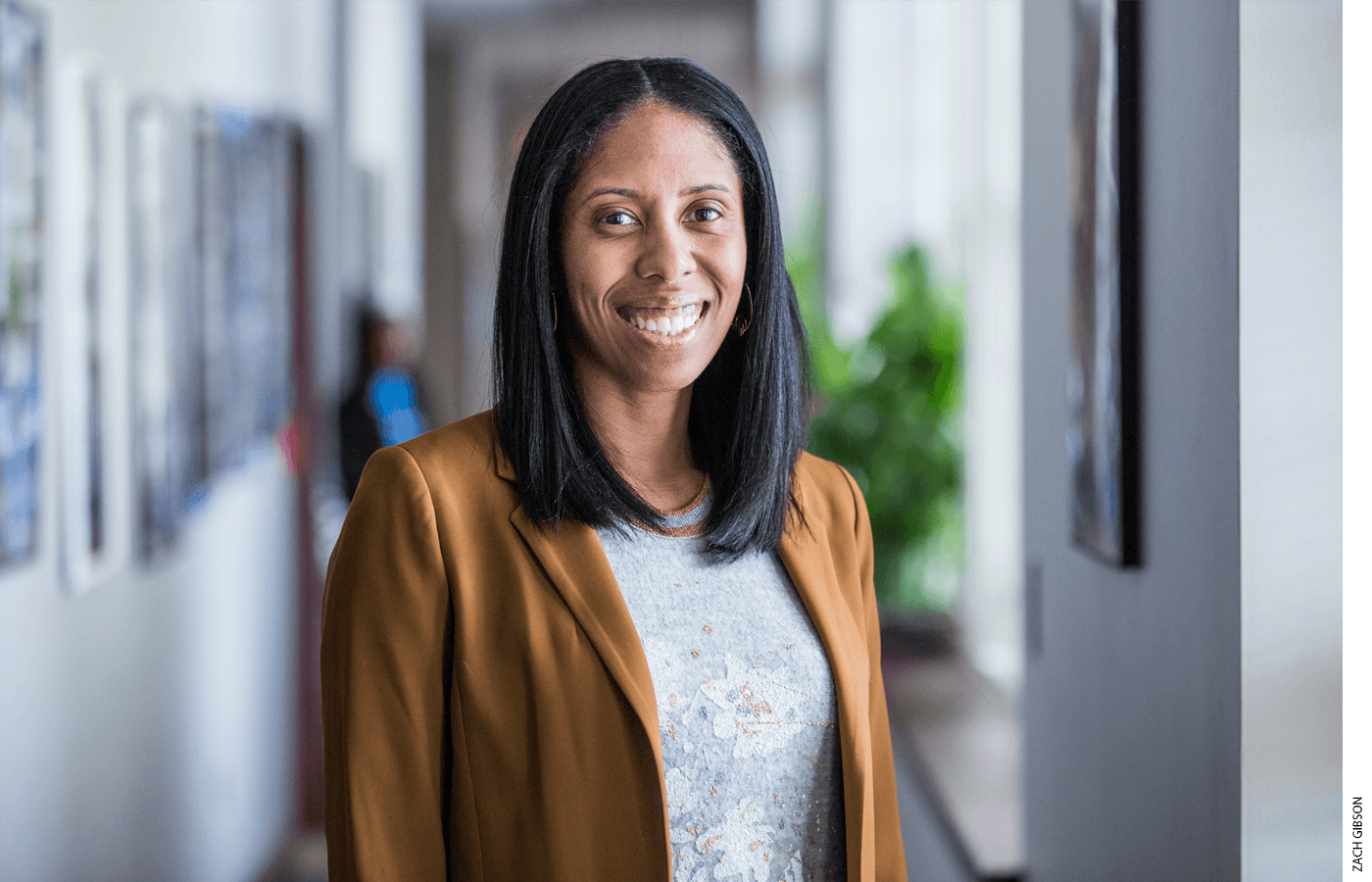
* * *
At the age of 21, I began my career as an English teacher at Boston Latin School. Before becoming the head of the school, I left for years of rich professional experiences elsewhere, including my first school-leader position as headmaster of Another Course to College (a small pilot high school within the Boston Public Schools), chief of staff for Boston Public Schools, and deputy chief of leadership development for D.C. Public Schools. The leadership experience that most informed my work as head of school at BLS was my role as principal at Eastern Senior High School in Washington, D.C. The student demographics at Eastern are strikingly different from those at BLS; Eastern’s student body is 99 percent Black. There are, though, more threads of commonality between them than you might imagine, or even than I initially did. The Eastern High School building and Latin School’s current building were both built in the 1920s—palatial structures with central marble staircases. Both schools also boast strong alumni networks that take great pride in the accomplishments of their institutions. However, Eastern fell on difficult times in the late 1990s, and by the time I assumed leadership in 2011, the school had experienced more than 10 school leaders in as many years. The district had phased out new cohorts so that it could reboot with just a 9th grade, and I had the opportunity to relaunch the school’s legacy with an incredible hand-selected team over the next four years.
Our team fought to prove that our students could and deserved to compete on every stage—whether that meant testing for the International Baccalaureate Diploma or slaying in national marching-band competitions. With those successes, I returned to BLS with the knowledge that a community as resourced and supported as ours had no excuses not to soar—rapidly and immediately. And then, in March of 2020, the world changed. Every school leader in America has had to employ new skills over these past two years (we should all earn honorary certificates in public health, for instance).
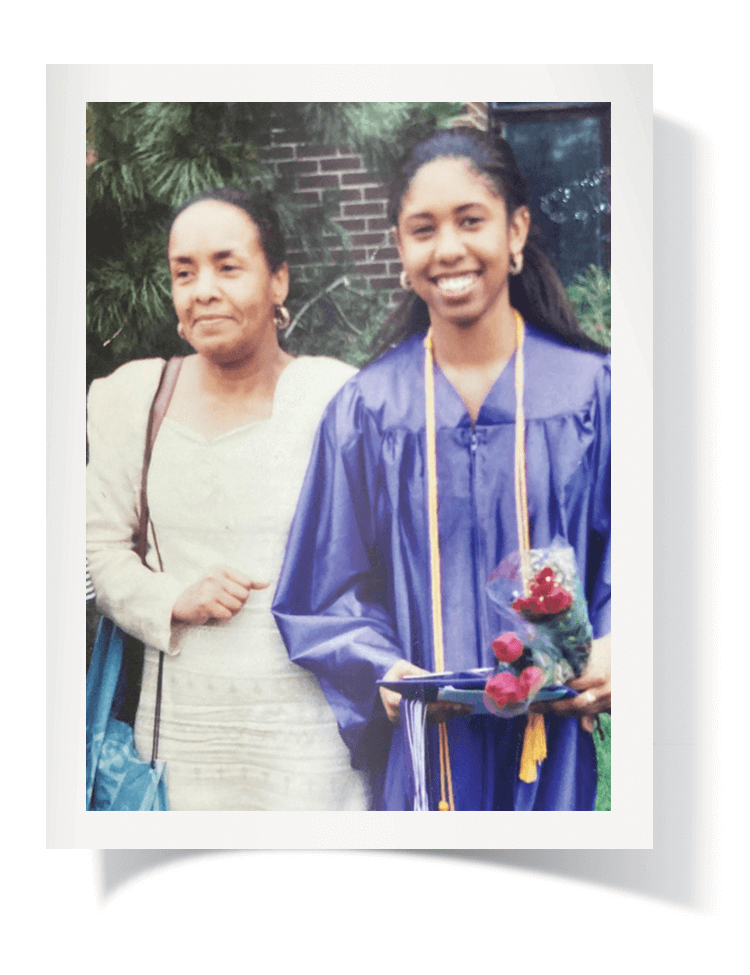
Eventually, while leading a premier school, I realized that many of the same leadership lessons I learned during my experience at a turnaround school still applied. Students need the same conditions, whether a school is high performing or under resourced. To act otherwise enforces a culture of low expectations.
First, a culture of urgency is essential. What I mean by “culture of urgency” is to unite all constituents around a mission and to be clear about where we currently fall short. Urgency does not mean to place so much pressure on teachers and staff that their longevity in the profession is unlikely. Often, in urban education, urgency is created from an incident. Boston Latin School received national attention in 2016 when Black students at BLS shared issues on campus that resulted in their feeling unseen and unheard. After this, we worked in partnership with the Boston Public Schools Office of Equity to build new systems for reporting bias-based incidents. We also engaged in whole-staff professional development and school-wide dialogues about race and equity. Our personnel committee worked intentionally to further diversify our staff so that more students saw themselves in the adults around them—we hired talented educators across racial, gender, and sexuality identities, including the first Asian American and openly LGBTQ+ assistant heads of school in the institution’s history. Hiring with diverse representation as a core value is not, as some would claim, putting identity politics ahead of education. Actually, it’s crucially important to educational success. We watched our students find outlets on staff when experiencing microaggressions, when seeking to institute new programming on campus, or when desiring a space to just be.
The calls for attention to our racial climate were just one of many jump starters of urgency that we experienced in recent years. Our administrators, faculty, and staff have responded promptly to many of these alarm bells even as the work is ongoing—increasing attention to students’ mental health, stepping up vigilance regarding campus safety and visitor protocols, and closing access gaps for technology, Wi-Fi, and comfortable places for students to study after school hours.
The challenge is that some of the areas that require attention are a little less loud at schools where all of the students pass state assessments and head off to college after graduation. Urgency is often an easier sell in “underperforming schools”—the threat of takeover or double-digit failure rates are powerful narratives for why drastic change must take place. However, at “high-performing schools,” a lack of urgency can lead to a feeling of being “good enough.” Yes, students are passing their classes, but are there gaps in performance for BIPOC students? For special-education students? For students whose families don’t speak English? Yes, students attend school daily and generally complete their work. Are they engaged in the content? Do they see connections between their coursework and the world around them? Is their experience with pacing, grading, and assessment similar, regardless of which teacher they’ve been assigned?
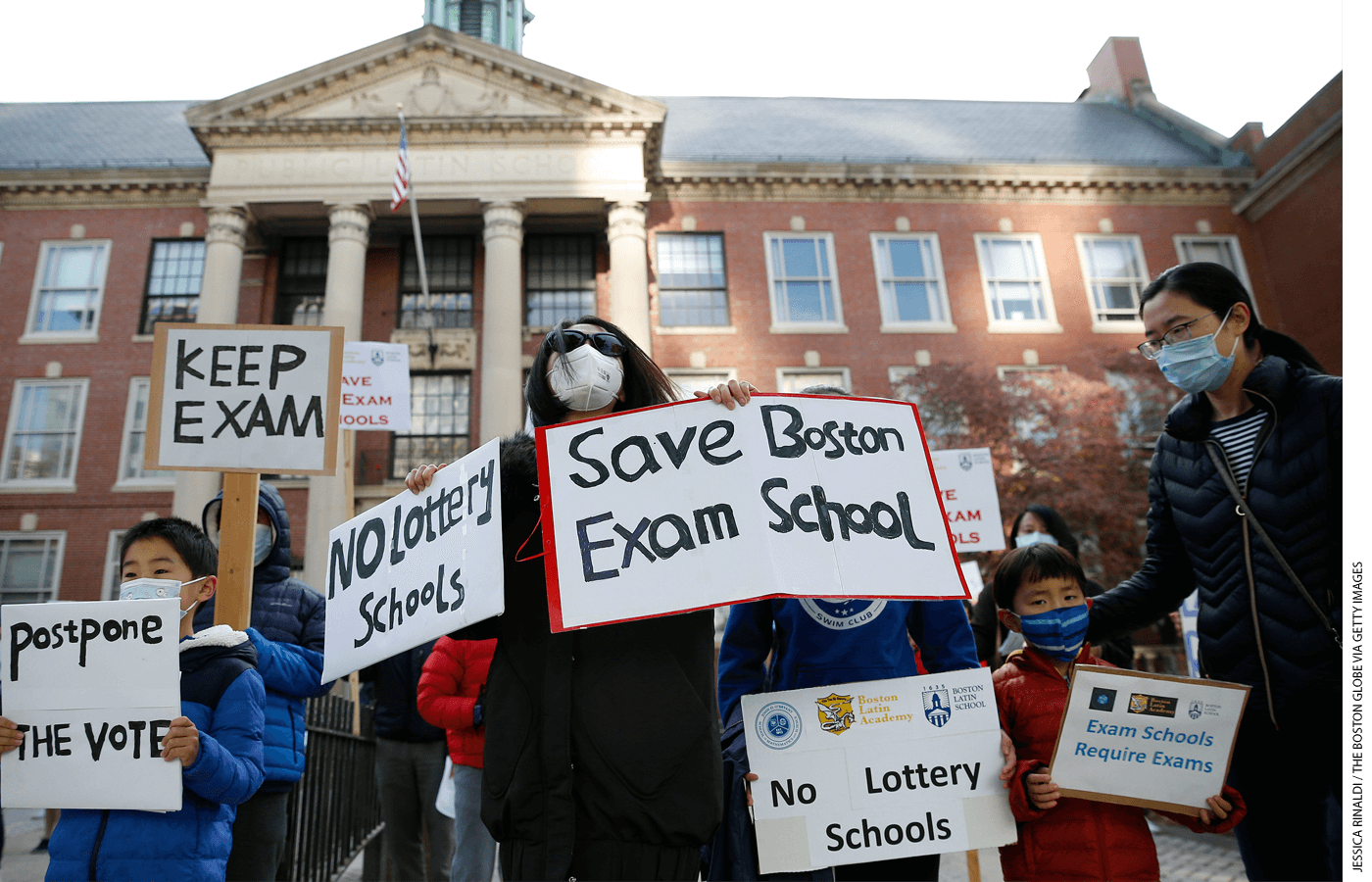
Instruction is the heartbeat of schoolwide change. Even a campus that has identified culture and climate as the key issues to address must deeply consider the place where students spend the majority of their time: classrooms. When educators apply for positions at BLS, our personnel committee institutes performance tasks and, in some cases, administers content assessments. Candidates for our inclusion teacher position write plans for how they would support special-education students with accessing a complex text and multistep writing assignment. Candidates for our assistant head of school role analyze performance data and share their steps to work with teachers and assess instruction to address the gaps. We held this same standard of rigorous application for vacancies at Eastern. There are some experts in a subject area who lack the pedagogical effectiveness to make meaning for students. There are also knowledgeable teachers who teach very well as long as every student does exactly what they’re supposed to. We need educators who are fair, flexible, responsive to feedback, and committed to their own growth in anti-racist practices. However, the urgency of now does not allow for educators who do not have the content background required to support students through the attainment of this same information, even if they’re “great with kids.” Districts should create pathways for those educators to become proficient in hard-to-staff content areas so that school leaders do not need to feel forced to choose between content knowledge and the ability to forge trusting relationships with students.
In deciding the courses that we offer to high-school students and in determining the most effective ways for the students to struggle productively with the material, we cannot ignore the fact that high-performing schools are steered by the expectations of selective colleges. These universities want to see their engineering majors take AP Physics, for instance. So at BLS we offer both AP Physics courses, the one in mechanics and the one in electricity and magnetism. We encourage our students interested in engineering to select one or both of them in junior or senior year, sometimes at the sacrifice of an elective they might prefer. Large universities regularly subject their freshmen to impersonal lectures in large halls, with their entire grade depending on a couple of high-stakes exams, so we recognize that there’s a place for students needing to practice taking in large amounts of information verbally and visually. Students learn to break that information down into outlines that they can study from later. We also run a week of final exams at the end of each school year so that students become accustomed to preparing for cumulative timed exams. Admissions officers strain to find ways to sort through students with similar GPAs, poring over evidence of leadership in their extracurricular activities as one potentially distinctive characteristic. So while BLS students are already strapped for time due to the six major subjects they take each year, they pile on deep commitments to their clubs, bands, sports, and part-time jobs.
Certainly there is self examination for BLS to do as a school, especially as surveys reveal students being perpetually sleep deprived and often managing anxiety. That same self reflection is also warranted at schools asserting that students don’t need (or “can’t handle”) homework, or schools that lack a pathway to calculus (or even pre-calculus) or spend an entire year on a single novel in English class in service of “meeting students where they are.” It is a fair criticism of intensely rigorous schools such as BLS that perhaps they are too driven by what external influences deem a “well-rounded” high-school experience. It is appropriate to examine nightly homework to see what is authentic practice of the material and what is unnecessary busy work that doesn’t advance learning. It is right to question whether the College Board drives the pacing of our classes to the point that, at times, depth may be sacrificed for breadth. But the BLS track record of not only getting students in to, but also getting them through, four-year colleges at rates far exceeding those of other urban high schools is real, and it crosses racial and socioeconomic lines.
Still, resting on laurels is not an effective leadership strategy for any school principal. Navigating the tension of high standards and flexibility, recouping lost instructional time from Covid, and ensuring social-emotional learning isn’t an afterthought require considerable time observing classrooms and working with instructional leadership teams. This is an area where I didn’t meet the goals I set for myself—often feeling the pull of returning emails that felt like emergencies instead of keeping to a set schedule of uninterrupted time on instruction.
How can districts help school leaders clear the decks to focus on the main thing? They should more actively borrow from charter-network practices of employing non-educators who are strong in their fields and placing them at school sites to support operations. At Eastern, I had a chief of staff who worked alongside me on community engagement as we fought to rebrand the school’s reputation on rapidly gentrifying Capitol Hill. At Boston Latin School, we have a director of operations whom we recruited back to alma mater (she’s a class of 1998 graduate) after a successful career in restaurant management. Coordinating in-school Covid testing for more than 1,000 students a day fell to her. At some other schools, principals were doing that work entirely by themselves, likely at the cost of their time in classrooms.
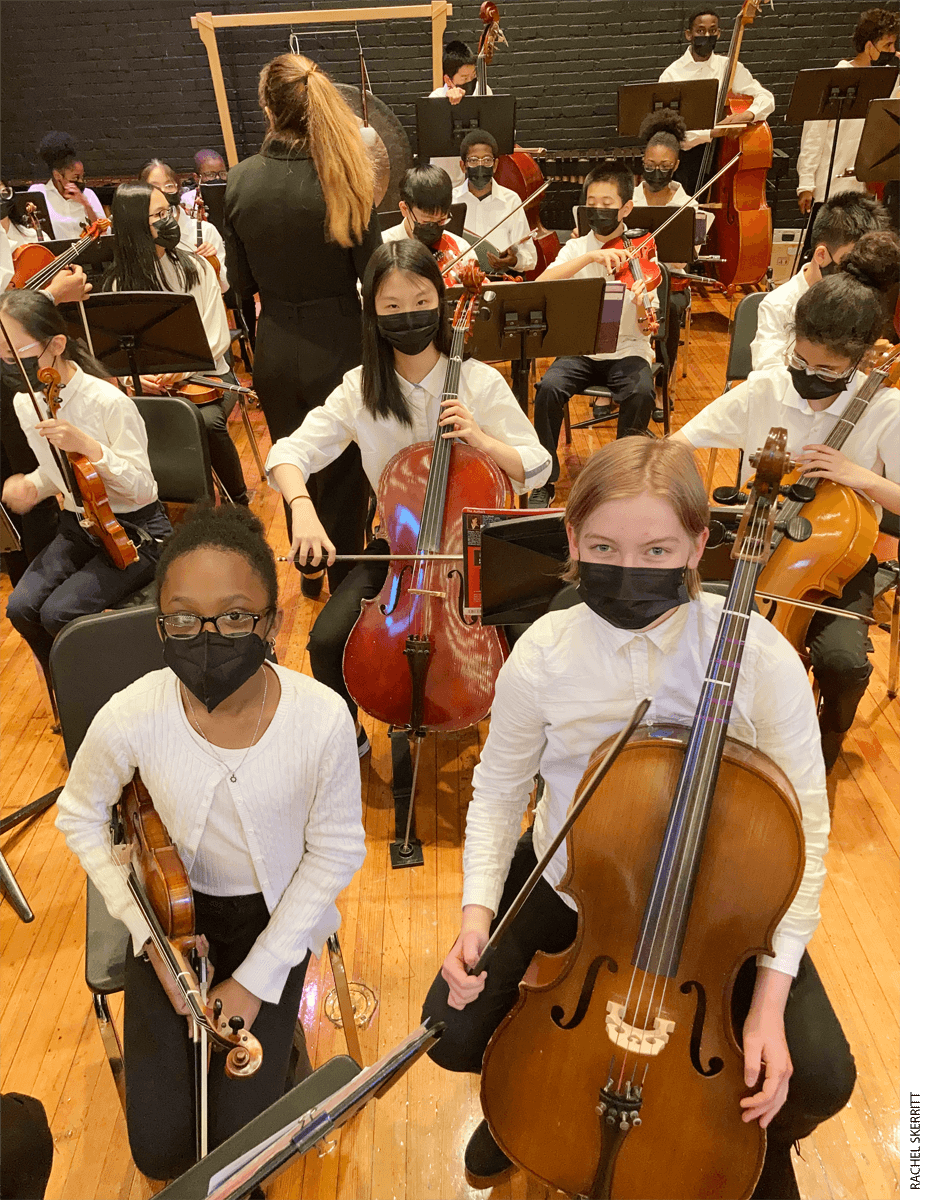
Stay true to one’s principles as a leader in the face of political landmines. Boston has a history of racism. While the physical violence of the desegregation era in the city is past, there are often reminders that beliefs last generations, and we are still feeling the daily impact of systemic and individual bias. Especially at schools where BIPOC students are the minority, leaders must deliberately elevate their perspectives and find spaces for them to lift their voices. At BLS, this came in the form of an annual Martin Luther King schoolwide celebration, cultural shows sponsored by groups such as Black Leaders Aspiring for Change and Knowledge (BLACK), Asian Students in Action (ASIA), and Talented and Gifted (TAG) Latino Club, and even a video produced by BIPOC students about their honest experiences at BLS that we watched schoolwide in an advisory block. Sometimes I fell short of the fortitude I needed in challenging moments. This spring, an educator displayed a piece of student work by a young person of color who wrote a poem for his civics class critiquing his predominantly white neighborhood, sparking ire from some BLS families and other residents unaffiliated with our school who were offended by the depiction of the neighborhood as exclusive and racist. While I didn’t, and still do not, believe it to be a wise decision to post the piece publicly, absent context or a space for readers to process or discuss the inevitable strong reactions to its content, and without the student’s explicit consent, I overcorrected in my apology for its display. I failed to state explicitly the student’s right to portray his perspective and experience as he chooses, and I neglected to commend our teachers for fostering the space where students could explore the biases in their own communities. While many conversations, follow-up actions, and additional activities occurred with the students themselves, my public statement on the issue will remain a regret, and it speaks to the danger created when a leader is overly conciliatory, something that can easily occur when you’re trying to keep everyone rowing in the same direction in a community with many different politics.
In every school context, the work must be grounded in love. In one of our most painful situations at Eastern, three of our students were shot and sustained non-life threatening injuries after getting caught in crossfire as we departed from a school basketball game. I remember calling my grandmother in Boston the night before our return to school, wondering what to say to our students after the collective trauma of what we’d survived. In her 90-year-old wisdom, she said, “Tell them you love them.” I don’t remember much about what exactly was said when we somberly assembled in the auditorium the following morning, but I remember our team articulating how much we loved our young people. We promised that we would do all we could to keep them safe. And they knew that there were limitations to what was in our power to do, but they believed and trusted in the community we’d forged.
Over the past five years, there have been so many hardships that our young people have endured. Isolation for over a year of their formative education. Watching, on cellphones, video of the murder of a man by law enforcement and then making decisions about if, when, and how they wanted to enter the national conversation. Struggling to feel safe in the wake of school shootings on a regular basis. Some of the crises were specific to the BLS community, such as the untimely passing of two students and a beloved staff member. At times, it felt like the only promise we could make students was to love them. And to love our students means to love their families. And to love our teachers. And to love so hard that sometimes you feel like you can’t lead anymore because you’re spent. But then you head to a Junior Classical League tournament and watch students in togas riding a homemade chariot, laughing and acting every bit their youthful age. And your cup fills again.
* * *
There are those who will inevitably say that advice from educators at Boston Latin School is nontransferable. Our school admittedly benefits from a significant endowment due to donations over the past century from generous alumni and families, an unusual privilege in the world of public education. This funding provides scholarships to our graduates and supports personnel and programming that enhance our students’ experiences in athletics, the arts, global travel, independent research, and internships. The annual additional amount that we receive from the Boston Latin School Association to support programming is approximately $1,000 per student. Even after counting those additional funds, Boston Latin School still has one of the lowest per-pupil allocations among Boston Public high schools. The attention around this funding creates a distraction and bolsters the idea that high-performing schools should be treated as anomalies that don’t offer any replicable practices. I walked into Eastern Senior High School on the first day of our relaunch, with the motto of Boston Latin School in my head (Sumus Primi: “We are first”), and told our students they were the best. Every single staff member gave their best in return. Five years ago, I walked into Boston Latin School and called upon leadership lessons from my tenure at Eastern to bring us through this tumultuous era. Maybe we should stop claiming that the roadmap is drastically different based on what the students in front of you look like and what their scores are. Instead, let’s hold sacred space for leaders across school types to share best practices, to walk in another’s shoes (and to walk through one another’s schools), and to keep our cups full.
Rachel Skerritt graduated from Boston Latin School in 1995 and served as its head from 2017 to 2022. She is a chief strategy officer at Attuned Education Partners.
This article appeared in the Winter 2023 issue of Education Next. Suggested citation format:
Skerritt, R. (2023). What I Learned Leading America’s First Public School: A culture of urgency, grounded in love, is essential, at “high-performing” and “underperforming” schools alike. And try to find a way to refill your cup. Education Next, 23(1), 46-53.


